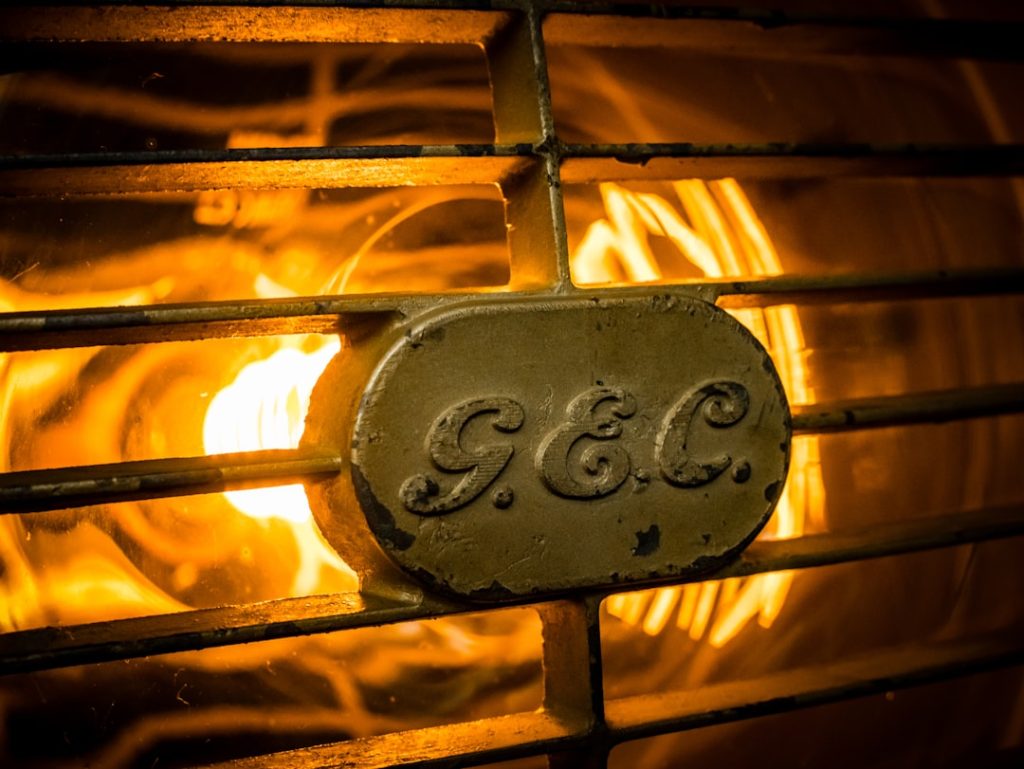Raising baby chickens can be a rewarding experience, but it’s important to understand the risks of heat stress that they face. Baby chickens are particularly vulnerable to heat stress because they are unable to regulate their body temperature as effectively as adult chickens. When temperatures rise, baby chickens can quickly become overheated, leading to a range of health issues including dehydration, heat exhaustion, and even death.
It’s crucial for poultry farmers and backyard chicken keepers to be aware of the signs of heat stress in baby chickens, such as panting, lethargy, and reduced appetite. By understanding the risks of heat stress, chicken keepers can take proactive measures to ensure the health and well-being of their baby chickens. Heat stress in baby chickens can be exacerbated by a variety of factors, including high temperatures, humidity, and poor ventilation.
It’s important to monitor weather forecasts and be prepared to take action when temperatures soar. Additionally, baby chickens are more susceptible to heat stress during their first few weeks of life, as they are still developing their ability to regulate their body temperature. As such, it’s crucial to provide a suitable environment for baby chickens that minimizes the risk of heat stress.
This includes ensuring adequate ventilation, providing access to cool, shaded areas for outdoor play, offering chilled treats and fresh water, adjusting lighting to reduce heat, and closely monitoring temperature levels in the brooder area. By understanding the risks of heat stress and taking proactive measures to mitigate them, chicken keepers can help their baby chickens thrive in hot weather.
Table of Contents
Key Takeaways
- Heat stress can be a serious risk for baby chickens, leading to illness and even death
- Adequate ventilation in the brooder area is crucial to prevent heat buildup and maintain air quality
- Providing cool, shaded areas for outdoor play can help baby chickens regulate their body temperature
- Offering chilled treats and fresh water can help baby chickens stay hydrated and cool during hot weather
- Adjusting lighting to reduce heat can help maintain comfortable temperature levels for baby chickens
Providing Adequate Ventilation in the Brooder Area
Consequences of Inadequate Ventilation
Without adequate ventilation, the brooder area can quickly become hot and stuffy, increasing the risk of heat stress and respiratory issues.
Providing Adequate Ventilation
To provide adequate ventilation in the brooder area, it’s essential to ensure a good flow of fresh air without creating drafts that could chill the baby chickens. This can be achieved by using adjustable vents or windows to control airflow, as well as installing fans to help circulate air throughout the space. Regular cleaning and maintenance of the brooder area are also necessary to prevent the buildup of dust and debris that can impede ventilation.
Natural Ventilation and Brooder Design
In addition to mechanical ventilation, natural ventilation can also play a key role in maintaining a healthy environment for baby chickens. This can be achieved by positioning the brooder area in a location with good air circulation, such as near open windows or doors. The design of the brooder itself is also important, ensuring that it allows for adequate airflow while still providing a secure and comfortable space for the baby chickens.
Benefits of Adequate Ventilation
By providing adequate ventilation in the brooder area, chicken keepers can help reduce the risk of heat stress and respiratory issues, creating a healthier and more comfortable environment for their baby chickens to thrive.
Using Cool, Shaded Areas for Outdoor Play

Outdoor play is an important part of raising healthy and happy baby chickens, but it’s crucial to provide cool, shaded areas for them to enjoy during hot weather. Direct sunlight can quickly raise temperatures and increase the risk of heat stress for baby chickens, so it’s important to provide access to shaded areas where they can rest and cool off. This can be achieved by positioning play areas under trees or using shade cloths to create sheltered spots in the chicken yard.
It’s also important to provide plenty of fresh water in these areas to help baby chickens stay hydrated while they play. By providing cool, shaded areas for outdoor play, chicken keepers can help their baby chickens enjoy the benefits of outdoor time while minimizing the risk of heat stress. In addition to providing shaded areas for outdoor play, it’s important to consider the timing of outdoor activities during hot weather.
Baby chickens are most active in the morning and late afternoon when temperatures are cooler, so it’s best to schedule outdoor play during these times. This can help to reduce the risk of heat stress while still allowing baby chickens to enjoy the benefits of outdoor exercise and enrichment. By using cool, shaded areas for outdoor play and scheduling activities during cooler times of the day, chicken keepers can help their baby chickens stay safe and comfortable during hot weather.
Offering Chilled Treats and Fresh Water
During hot weather, it’s important to offer baby chickens chilled treats and fresh water to help them stay cool and hydrated. Chilled treats such as frozen fruits or vegetables can provide a refreshing snack for baby chickens while also helping to lower their body temperature. Additionally, offering fresh water in shallow dishes or containers can help baby chickens stay hydrated and regulate their body temperature during hot weather.
It’s important to regularly check water sources to ensure they are clean and cool, as warm water can quickly become unappealing to baby chickens. By offering chilled treats and fresh water, chicken keepers can help their baby chickens stay comfortable and healthy during hot weather. In addition to chilled treats and fresh water, it’s important to consider the type of bedding used in the brooder area during hot weather.
Bedding materials such as pine shavings or straw can provide insulation that traps heat, so it may be beneficial to use cooler bedding options such as sand or paper towels during hot weather. This can help to create a cooler and more comfortable environment for baby chickens while reducing the risk of heat stress. By offering chilled treats and fresh water, as well as using appropriate bedding materials, chicken keepers can help their baby chickens stay cool and comfortable during hot weather.
Adjusting Lighting to Reduce Heat
Lighting plays a crucial role in creating a suitable environment for baby chickens, and it can also impact temperature levels in the brooder area. Traditional heat lamps are commonly used to provide warmth for baby chickens, but they can also contribute to increased temperatures during hot weather. To reduce the risk of heat stress, it’s important to adjust lighting in the brooder area to minimize additional heat sources.
This can be achieved by using lower wattage bulbs or LED lights that produce less heat while still providing adequate illumination for the baby chickens. Additionally, it’s important to position lighting fixtures away from direct contact with bedding or other materials that could pose a fire hazard. In addition to adjusting lighting fixtures, it’s important to consider the duration of light exposure for baby chickens during hot weather.
Extended periods of light exposure can contribute to increased temperatures in the brooder area, so it may be beneficial to provide shorter periods of light during the day. This can help to reduce the overall heat load in the brooder area while still providing sufficient light for the baby chickens’ needs. By adjusting lighting to reduce heat and managing light exposure, chicken keepers can help create a more comfortable environment for their baby chickens during hot weather.
Monitoring and Managing Temperature Levels

Regular Temperature Checks
Monitoring temperature levels is crucial for identifying and managing potential heat stress in baby chickens. Regularly checking temperature levels in the brooder area using a reliable thermometer is essential. This allows for adjustments to be made as needed to maintain a comfortable range for the baby chickens. This may involve adjusting ventilation, lighting, or other environmental factors that could impact temperature levels.
External Factors to Consider
It’s also important to be aware of external factors such as weather forecasts that could influence temperature levels in the brooder area. By monitoring temperature levels and making proactive adjustments, chicken keepers can help prevent heat stress and create a healthier environment for their baby chickens.
Recognizing Signs of Heat Stress
In addition to monitoring temperature levels in the brooder area, it’s essential to be observant of signs of heat stress in baby chickens. This includes watching for behaviors such as panting, lethargy, reduced appetite, or seeking out cooler areas in the brooder. If signs of heat stress are observed, it’s crucial to take immediate action to help cool down the baby chickens and reduce the risk of further complications. This may involve providing chilled treats and fresh water, adjusting lighting or ventilation, or moving baby chickens to a cooler location if necessary.
By monitoring temperature levels and being observant of signs of heat stress, chicken keepers can take proactive measures to ensure the health and well-being of their baby chickens during hot weather.
Implementing Emergency Cooling Measures
In extreme cases of heat stress, it may be necessary to implement emergency cooling measures to help baby chickens recover and stay safe. This can include using fans or misters to lower temperatures in the brooder area, providing access to cool water baths or wet towels for baby chickens to rest on, or even moving them to a cooler indoor location if available. It’s important to act quickly when implementing emergency cooling measures to prevent further complications from heat stress.
Additionally, it’s crucial to continue monitoring temperature levels and observing signs of heat stress after implementing emergency cooling measures to ensure that baby chickens are recovering and staying comfortable. In addition to emergency cooling measures, it’s important for chicken keepers to have a plan in place for managing potential heat stress situations before they occur. This may involve having backup ventilation options available, keeping emergency supplies such as chilled treats and fresh water on hand, or having a designated cooler location prepared for moving baby chickens if needed.
By being prepared and proactive in managing potential heat stress situations, chicken keepers can help ensure the safety and well-being of their baby chickens during hot weather. In conclusion, understanding the risks of heat stress in baby chickens is essential for creating a healthy environment for them during hot weather. By providing adequate ventilation in the brooder area, using cool shaded areas for outdoor play, offering chilled treats and fresh water, adjusting lighting to reduce heat, monitoring and managing temperature levels, and implementing emergency cooling measures when necessary, chicken keepers can help their baby chickens stay safe and comfortable even when temperatures soar.
With proactive measures and careful attention to their needs, baby chickens can thrive in hot weather conditions while enjoying all the benefits of outdoor play and healthy growth.
If you’re looking for tips on keeping baby chickens cool in the summer, you might also be interested in learning about the importance of proper ventilation in chicken coops. Check out this article on chicken coop portage to ensure your coop is well-ventilated and provides a comfortable environment for your feathered friends during the hot summer months.
FAQs
What are the signs of heat stress in baby chickens?
Signs of heat stress in baby chickens include panting, lethargy, decreased appetite, and holding their wings away from their body.
How can I keep baby chickens cool in the summer?
You can keep baby chickens cool in the summer by providing shade, good ventilation, cool water for drinking, and frozen treats such as fruits and vegetables.
What temperature is too hot for baby chickens?
Temperatures above 90°F (32°C) can be too hot for baby chickens, especially if they are not provided with adequate cooling methods.
Should I use fans to cool baby chickens in the summer?
Yes, fans can be used to provide ventilation and cool air for baby chickens in the summer. Make sure the fans are placed in a way that doesn’t directly blow on the chicks.
Can I give baby chickens ice water to cool them down?
Yes, you can give baby chickens ice water to help cool them down. However, make sure the water is not too cold, as extreme temperature changes can also be harmful to the chicks.
Meet Walter, the feathered-friend fanatic of Florida! Nestled in the sunshine state, Walter struts through life with his feathered companions, clucking his way to happiness. With a coop that’s fancier than a five-star hotel, he’s the Don Juan of the chicken world. When he’s not teaching his hens to do the cha-cha, you’ll find him in a heated debate with his prized rooster, Sir Clucks-a-Lot. Walter’s poultry passion is no yolk; he’s the sunny-side-up guy you never knew you needed in your flock of friends!







